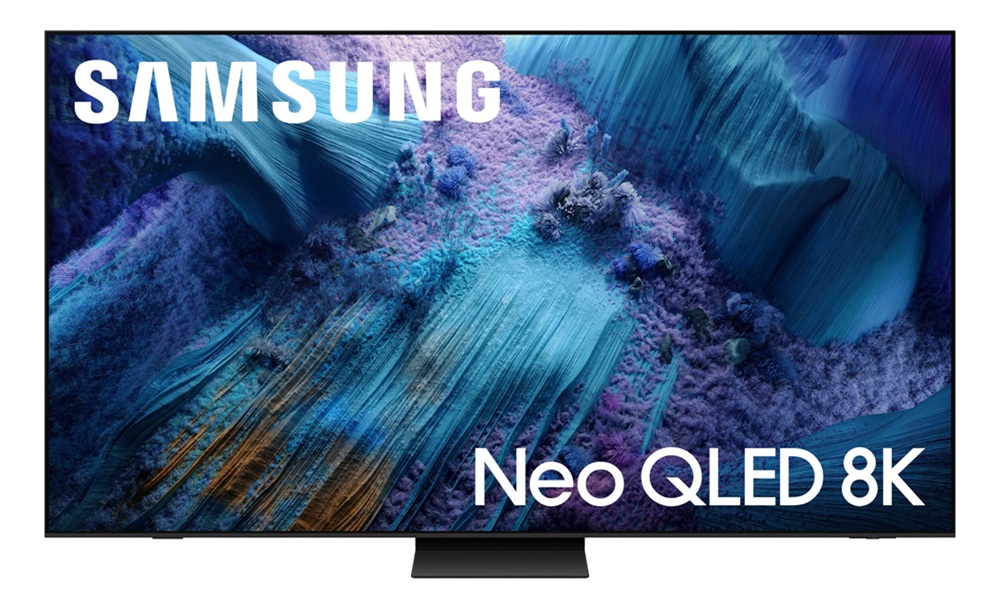Samsung is reportedly considering relocating production of home appliances and TVs to offset the potential impacts of tariffs.
In the company’s first-quarter earnings call with investors, Chief Financial Officer Park Soon-cheol said the company is looking to minimize potential impacts of tariffs by leveraging its large network of manufacturing facilities around the world, including some in the U.S.
Samsung’s Current Relationship with Forthcoming Tariffs
It has been reported that Samsung, along with Korean counterpart LG, do much of their TV and home appliance manufacturing in Mexico. However, electronics made in Mexico and shipped to the U.S. are currently exempt from 25% tariffs that U.S. President Donald Trump implemented shortly after being sworn in, thanks to the United States-Mexico-Canada Agreement (UCMA).
This alone gives Samsung and LG a leg up on some of their Chinese competitors like TCL and Hisense who are putting pressure on those legacy Korean brands. Imports from China could be subject to a 145% tariff, which would likely greatly increase prices for products from those brands.
Omdia’s cost simulations show stark differences in profitability based on where TVs are built. For a standard 65-inch 4K 60Hz LCD TV at an average selling price of $427 margins vary based on tariff levels. With China now facing up to 156.4% tariffs on 65″ 4K TVs, and Vietnam facing increases up to 49.9%, Mexico remains the most cost-effective source of U.S.-bound TVs—requiring an average selling price of just $541.60 to maintain a 30% margin. In comparison, Chinese-assembled TVs would need to sell for as much as $1,395.30.
According to Japanese news agency Nikkei, via The Verge, most of the TVs Samsung sells in the U.S. are made in Mexico, as it also has some U.S. factories, not to mention a large global network of facilities not in tariff-exempt countries in Europe and Asia. Relocating more of it’s U.S.-bound TV production to Mexico or the U.S. could help offset additional tariff-related costs.
Both Samsung and LG have been suggesting that the companies may relocate production of TVs and home appliances to the U.S., with LG openly saying that it might move production of home appliances to its Tennessee factory.
Meanwhile, Samsung’s semiconductor business is hurting, as revenue for the segment fell 17% in the quarter, largely due to export controls and U.S.-led efforts to prevent China from accessing advanced semiconductors and manufacturing equipment, per the New York Post.
















